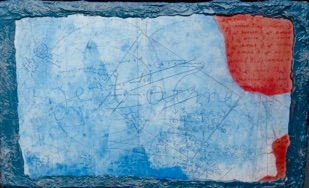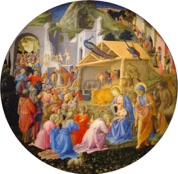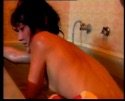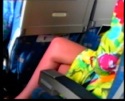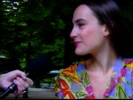What are some of your directing/writing techniques?
I often forget the script, but I follow a few hidden undercurrents that unfold like imaginary paths, or drift like creatures with no head nor tails, or perhaps a few tails beating a rhythm in order to move forward. I would like my films to be like heartbeats, a pulse more than a sense.
As far as Danube, Prelude for 3 Faces and 2 Brothers is concerned, the filming had to be compatible with the canoe trip (always in motion, with hardly any stops)
At the beginning, maybe as a result of this position and its constraint, there was nothing. But I kept looking, and an image began to rise, and at last I could see it. All the residues faded and a window appeared. In order to look through it, I am constantly on the watch. For an image to come. An image that must say yes, but also an image which, quite often, happens to be initially disappointing. One must at the same time assume some modesty but also some vanity to accept one's intuition. It is forever oscillating between humility and vanity. This is how I write: swaying. During the filming, I was also rocked between the prosaic elements (for instance the daily routine of the trip, or “the sentence of the day”, a sentence which I asked both brothers to tell me, and which they had to find each day while digging the Danube with their paddles) and the poetic and sacred idea that the river is a tragic force. Filming without knowing what film I was going to make put me in a difficult position, but I was thinking that in any chaos there is the possibility of a harmony and that this gamble was the very substance of the film.


